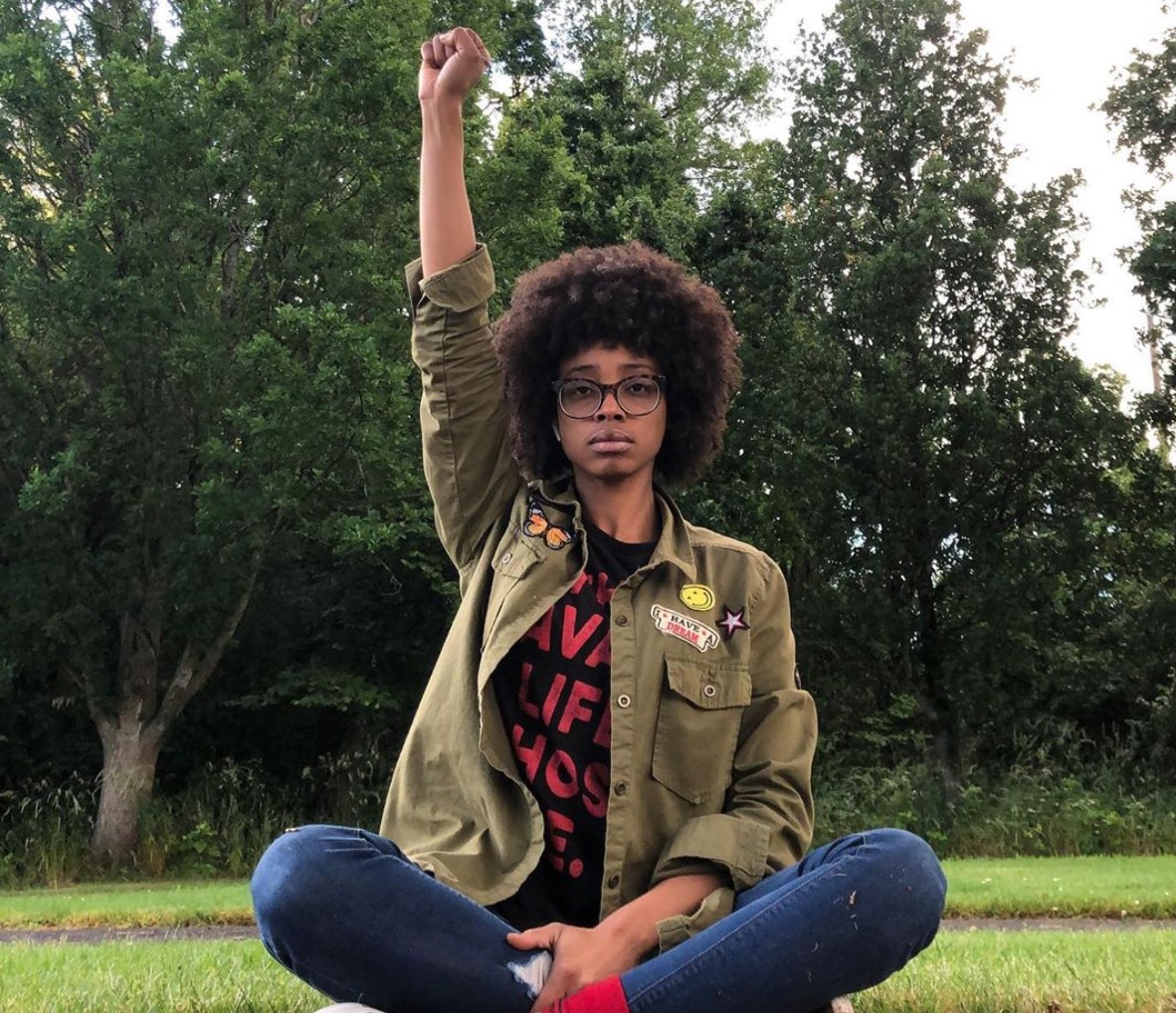
2020 has been quite historical, and this year, Juneteenth, (short for June 19) the oldest American holiday commemorating the freedom of Black Americans, will be one of the most-needed remembrances and celebrations.
In response to the systemic racism, police brutality, and public display of disregard for Black bodies amplified by the news and social media recently, we’ve seen an upsurge in the amount of shouting, wearing, painting, and declaring “BLACK LIVES MATTER“ around the world.
As a result, we’re seeing a rise in campaigns to make Juneteenth an official national holiday. This week, the governors of both Virginia and New York declared Juneteenth as sanctioned state holidays. Not to mention, corporations like Twitter, Nike, Postmates, and many others have made it a paid company holiday.
Juneteenth, also known as Freedom Day, Jubilee Day, Cel-Liberation/Liberation Day, and Emancipation Day, is the commemoration of the arrival of federal troops on June 19, 1865, in Galveston, Texas to enforce the Emancipation Proclamation, signed by Abraham Lincoln nearly two and a half years before on January 1, 1863. Making it the official emancipation of the last enslaved Africans in the United States.
Now, 155 years later, communities across the country are continuing to educate, enlighten, and celebrate the occasion. If you’re ready to test your Juneteenth knowledge, here are a few facts and fictional tales that you may have or haven’t learned about in the past.
BlackLove.com Related Articles:
Ashley Blaine Featherson on Why My Black is Beautiful and Yours is Too
It’s Time for Georgia to Pass a Hate Crimes Law: What You Should Know About House Bill 426
‘Defunding the Police’ Explained
The signing of the Emancipation Proclamation in 1863 did not abolish slavery in all states.
When the Emancipation Proclamation stated “that all persons held as slaves…are, and henceforward shall be free,” this ONLY applied to those in the 11 Confederate states. Also, the Civil War was still taking place, and freedom for those enslaved depended on the Union’s victory.
How we’ve celebrated according to history.

Juneteenth celebrations were highly supported and celebrated from 1866 through the early 1930s. Black men and women dressed up as and showed up and showed out in their “Sunday’s Best.” Sometimes even wearing the clothes of their former “masters.”
Celebrations only slowed down because they were publicly opposed by whites and oppressed by the overbearing nature of lynchings and Jim Crow laws. Once World War II began, it was claimed that Juneteeth was “Anti-Patriotic.” Nevertheless, in the 1960s, a resurgence of the holiday spread, and people continue the traditions of barbecuing, fishing, playing baseball games and partaking in red food and drink, primarily strawberry soda, to symbolize the red blood that shed throughout the years of slavery.
We were still enslaved after 1865.
Although many believe, June 19, 1865 that all enslaved people were instantly free in the state of Texas, according to some historians, many White Texas owners intentionally withheld the information from enslaved Africans until after the harvest season, and well beyond. Additionally, The 13th Amendment abolished slavery and involuntary servitude, except when applied as punishment for a crime in the United States. To this day, Black and Latinx men are still imprisoned at alarming and unprecedented rates, rates that are directly connected to slavery, and systemic racism.
The Juneteenth flag is packed with lots of meaning.
Full of symbolism, L.J. Graf created the Juneteenth flag, which was a reflection of the American flag. The colors red, white and blue, serve as a reminder that enslaved Africans and their descendants were Americans. And the star located in the middle is an ode to the state of Texas, while the outer bursting star symbolizes new freedom and a new people.
One hundred fifty-five years later, and the fight for our freedom continues.
Following the abolishment of slavery, Black Codes were enforced, which were restrictive laws designed to limit our freedom but utilize us as a source of cheap labor. Jim Crow Laws were also implemented in the South but were abolished with the Civil Rights Act of 1964. However, the recent deaths of George Floyd, Breonna Taylor, Ahmaud Arbery, and countless others make it clear we are still fighting for our freedom and the right to be heard, seen, and celebrated in all facets. The observance of Juneteenth is a reminder of how far we’ve come, but with the school-to-prison pipeline system, institutional racism, debt, and health equity gap, it’s clear we have a lot more to do. So let’s continue to honor our ancestors while paving the way for a better tomorrow for future generations.















JOIN THE CONVERSATION